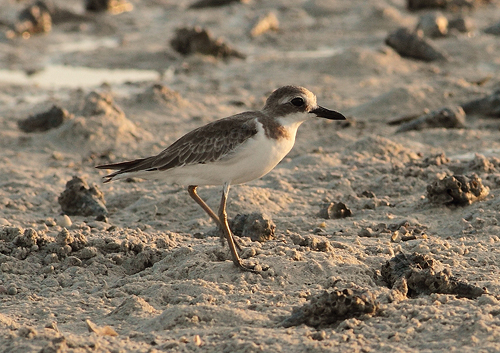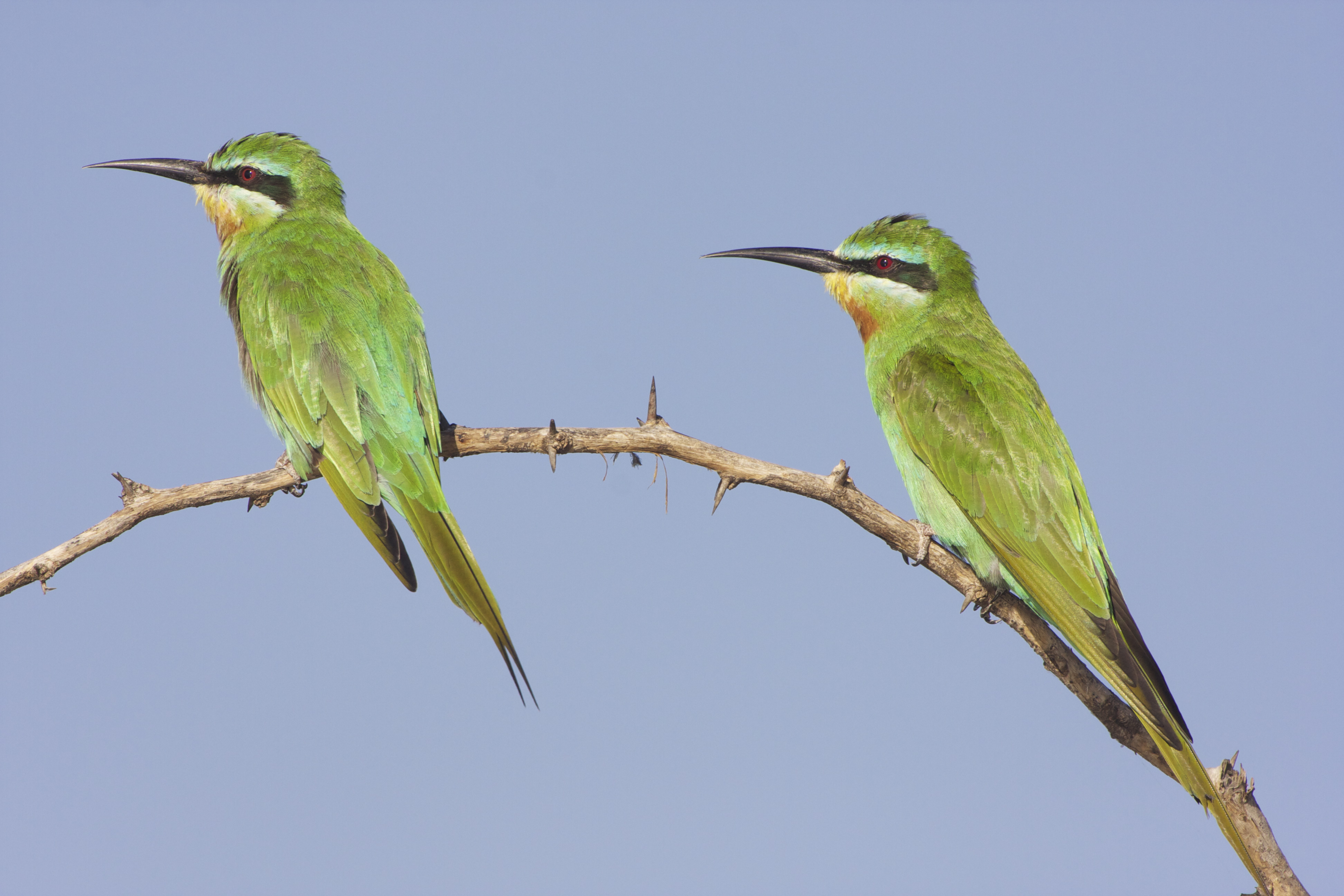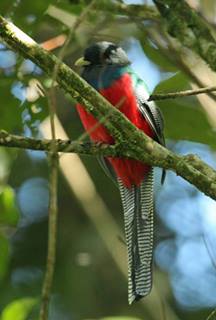
Photo@Joe.Aengwo
Although it has a relatively dull appearance for most of the year, the Greater Sand Plover’s plumage changes during the breeding season. At this time, the crown changes from greyish-brown to a dull brick red, as does the white breast, and the small feathers that cover the ear region change colour from a dusky grey to black. The chin and throat remain white throughout the year, while the nape and forehead are a greyish-brown colour all year round.
The greater sand plover is a carnivorous species that varies its diet seasonally; during the breeding season it feeds mainly on terrestrial insects and their larvae, especially preying on midges, ants, beetles and termites, but also occasionally hunting larger animals such as lizards. During the non-breeding season, the greater sand plover mainly eats marine invertebrates, such as snails, worms, crabs and shrimp. Usually feeding at low tide on wet ground, just away from the water’s edge, the greater sand plover detects and catches prey with the help of good eyesight and the ability to sprint over short distances. A sociable species, the greater sand plover often feeds and roosts in flocks. It typically feeds in flocks of between two and fifty individuals but sometimes congregates in groups as large as one thousand whilst roosting, which is mainly done on sand bars at high tide.
The bird above was photographed at Mida-Creek, when the tide was low and the bird was in mixture of species like Crab Plover, Lesser Sand Plover, Eurasian Curlew, Whimbrel and White-fronted Plover. All my records on this species were in Mida-creek, Watamu.












